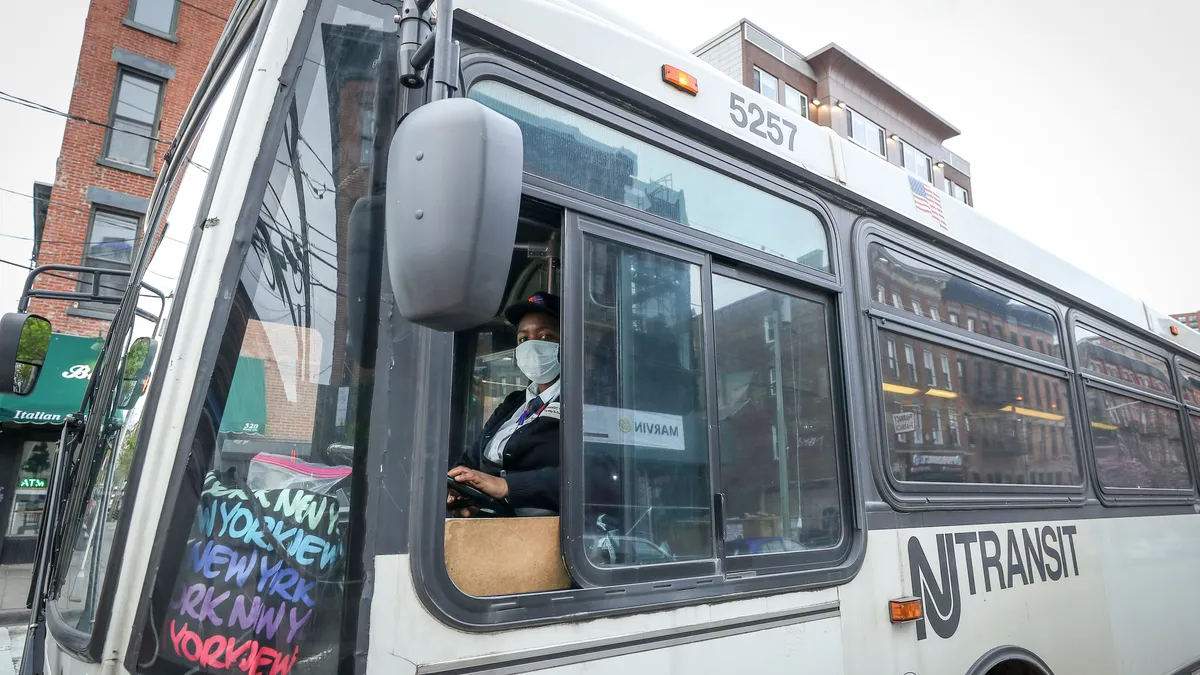To help transit agencies address ongoing challenges in recruiting and retaining skilled workers, the Transit Workforce Center published an online dashboard this week of data that includes workforce demographics, employment trends, wages and projections of future transit-related employment. The dashboard combines information from the Bureau of Labor Statistics, the National Transit Database, Lightcast, the U.S. Census Bureau and other sources.
The dashboard “creates a centralized location for transit and other public agencies, labor unions, transit stakeholders, researchers, and others to find visualizations and digestible information about the transit workforce and will be continually updated,” the TWC said in a press release.
According to data from the American Public Transportation Association, 96% of transit agencies struggle to hire new employees, and 84% of those agencies said hiring difficulties affect their ability to provide service.
Existing skilled workers are leaving transit jobs, frustrated by inflexible schedules, low wages and few opportunities for professional growth. Physical attacks on bus drivers became more common beginning in the 2010s and increased at the start of the pandemic.
From its analysis, TWC highlighted “the substantial variation between transit-related occupations in terms of racial and ethnic diversity and women’s participation, large percentages of older workers employed in key transit-related occupations (including as bus operators), and variations in average pay among different transit service modes and states,” it said in the press release.
Many transit jobs are held by people of color and women. More than 36% of transit and intercity bus drivers are Black or African American, and 12% are Hispanic or Latino, according to TWC analysis of BLS data. Almost 40% are women. Nearly half of all bus drivers are over age 55.
Xinge Wang, deputy director of the International Transportation Learning Center, which operates TWC, said in an email that these statistics “point to challenges and opportunities for transit agencies.”
TWC projects that 13.2% of bus drivers will leave the role each year from 2021 to 2031. By 2030, transit and intercity bus systems will have to fill 233,000 bus operator positions, with 220,000 of those hires needed to replace drivers who leave or retire. There were 160,000 bus drivers employed by U.S. transit agencies in 2021, according to the TWC dashboard.
“These data can be used by transit agencies, labor unions, and other stakeholders throughout the country to build a case for transit jobs as good options for non-college workers to earn family-sustaining wages and build middle class careers,” Wang said in the email.












